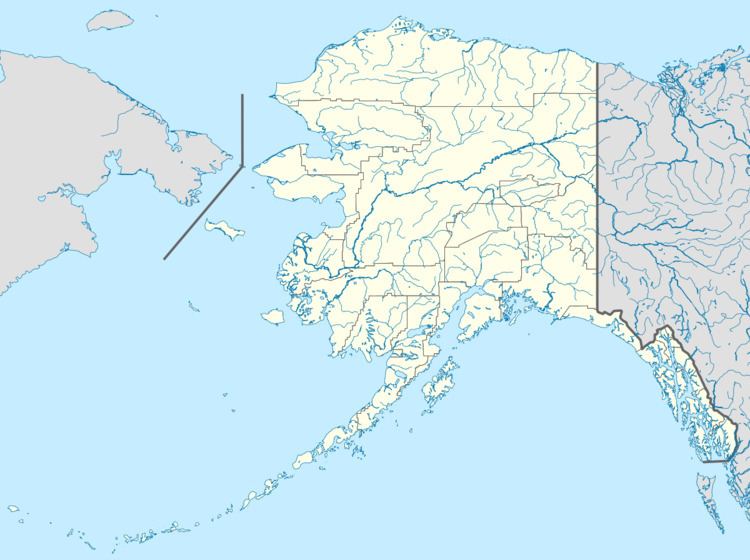Country United States Local time Thursday 9:54 AM | ||
 | ||
Weather -3°C, Wind N at 5 km/h, 90% Humidity Borough Matanuska-Susitna Borough, Alaska | ||
Seward's Success was a planned community proposed for Point MacKenzie, north of Anchorage, Alaska, United States. The megaproject was to feature a dome spanning the Knik Arm and enclosing a community of 40,000 residents and ample residential, office and commercial space. It was proposed in 1968 after the discovery of oil at Prudhoe Bay and scuttled in 1972.
Its name alludes to "Seward's Folly", an epithet flung at Secretary of State William H. Seward for the 1867 Alaskan Purchase.
History
The plan for constructing Seward's Success developed after the January 1968 discovery of oil reserves at Prudhoe Bay. The $800 million, four-phase community was to have been developed by Tandy Industries of Tulsa, Oklahoma and designed by Adrian Wilson Associates of Los Angeles. The initial phase was envisioned to provide for a population of 5,000 and contain 600,000 square feet (56,000 m2) of office space, 300,000 square feet (28,000 m2) of retail space and an indoor sports arena for an estimated cost of $170 million. The central feature of the office construction was the proposed 20-story Alaskan Petroleum Center, which was to serve a variety of oil and oil service companies. The development was touted as the world's first totally enclosed, climate-controlled community.
Transportation between Seward's Success and downtown Anchorage would be accomplished initially by way of a high-speed aerial tramway. Subsequently, a monorail would be built as an additional connection between the town and Anchorage International Airport. Automobiles would not have been allowed inside the community, and all transportation within Seward's Success was to have been provided by way of the aerial tramway, monorail, bicycle paths and moving sidewalks.
The temperature would have been controlled at 68 °F (20 °C) year round. The shell would have been composed of glass designed to work like a greenhouse in maintaining the temperature. Energy to power the community would be generated through natural gas available on-site.
Physical construction of the community would commence in 1970 with the completion of a dock and several roads. However, with construction of the Trans-Alaska Pipeline System delayed due to lawsuits, a group subcontracted by Tandy failed to make the annual lease payment for the 3,209 acres (12.99 km2; 5.01 sq mi) where Seward's Success was to have been located. By 1972, the project was officially canceled.
